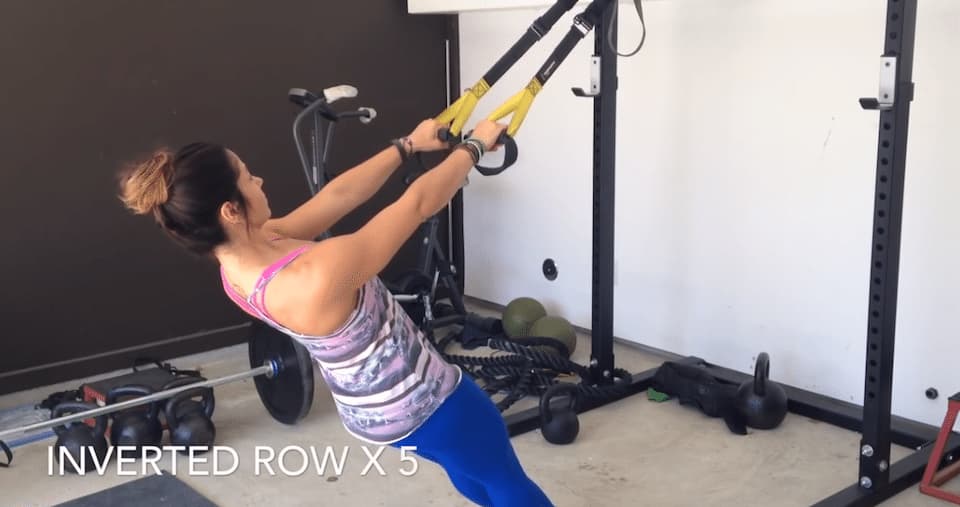 In the past few weeks of Fast Fitness!, we’ve gone over combination movements, ladders, complexes, and bodyweight circuits. I’ve shown you how to use all of these concepts to create quick, efficient, and highly effective workouts. Today I’m introducing the most basic and most effective form of program design: push and pull.
In the past few weeks of Fast Fitness!, we’ve gone over combination movements, ladders, complexes, and bodyweight circuits. I’ve shown you how to use all of these concepts to create quick, efficient, and highly effective workouts. Today I’m introducing the most basic and most effective form of program design: push and pull.
While I’ve designed today’s workout to be a 15-minute circuit, the concept of push and pull is integral to strength and conditioning, and can be applied to longer training sessions as well.
Push/Pull Circuits
This total body approach will ensure that you hit two essential movements patterns, regardless of time restrictions: pushing and pulling.
Upper body examples of pulling are chin-ups, bent over rows, inverted rows, and cable rows—basically anything where your back is the primary mover. Upper body pushing examples are push-ups, bench presses, overhead presses, and any exercise that involves your chest or shoulders as the primary mover.
Lower body pulling and pushing isn’t as straight forward. Pushing refers to any exercise where your anterior chain is more involved—movements such as squats and lunges that primarily use your quads are good examples. Pulling refers to the posterior chain, so deadlifts, swings, bridges, and other exercises that heavily involve the glutes and hamstrings qualify here.
Putting together a push/pull circuit is simple, and can be completely dependent upon your specific skill, equipment, and time restrictions. All you need to do is choose one exercise from each category, and perform it with as heavy a load as you can manage for about 5 reps. You’ll do the exercises back to back with minimal rest.
Here’s a good one to try.
- Inverted or Suspension Trainer Row x 5
- Double Dumbbell Squat x 5
- Pushup x 5
- Barbell Deadlift x 5
- Repeat for 3 to 5 rounds

Remember, in order to make short workouts truly effective you’ll need to move quickly and intensely, take fewer breaks, and possibly even combine movements. But above all else, quality of movement is key; be sure to pay special attention to form and technique, and never employ sloppy, sub-par movement.
Move fast, move well, and above all, have fun!
Phew! Today’s Fast Fitness! Push Pull workout looks tough, but we know you can do it! Tell us about your sweat session in the comments below.




